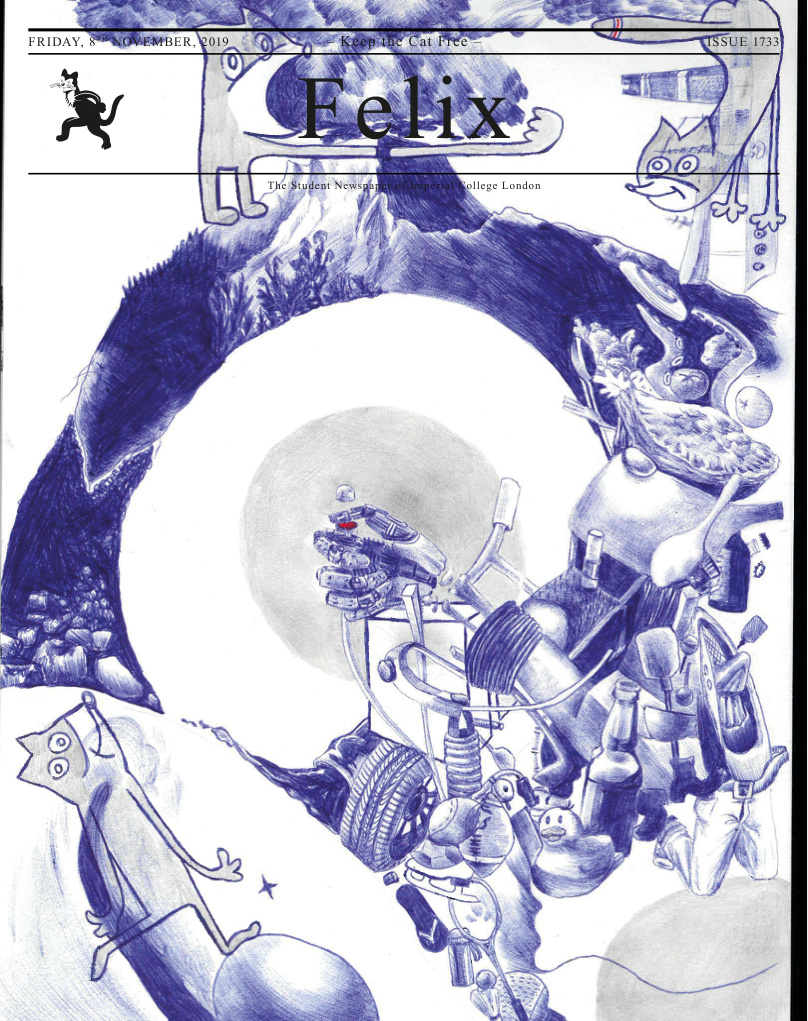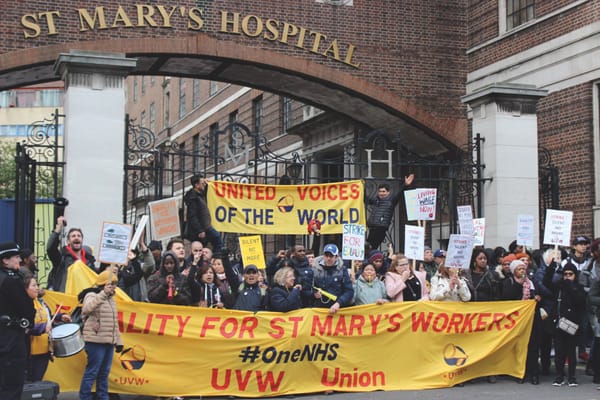College Reveals Academic Strategy 2020-2025
The College has developed and revealed its Academic Strategy for the next five years, which contains details of the direction of their decisions and investment at the strategic level

The Academic Strategy (AS) for the next five years has recently been unveiled by the College after a long development cycle. The Strategy will be used to inform the direction the College will take with regards to investing in new spaces, curriculum review, research foci, and more.
It builds upon the broader College Strategy, which identifies the overall mission of the College as an institution, by providing more concrete direction in terms of what it refers to as themes and capabilities.
As the Provost, Professor Ian Walmsley FRS, described it: “the themes are intended to recognise areas where the college has strengths or can see how to build strengths, where the college can see that it can make an impact, and ways in which it would go about delivering that impact.”
The areas affected by the Strategy are broad, encompassing staff and student experience. For example, the Strategy’s outlook on societal impact touches on researchers by guiding projects towards particular applied foci, or students via support for entrepreneurial activity. Most directly, it influences the decisions of the Provost’s Board to provide funding and support by proposed projects – whether they successfully align with the AS will be carefully considered as each moves through a “three-gateway” process of assessment.
It was developed via meetings with Faculty Deans, each of which presented their own strategies and vision, as well as Heads of Department, followed by rounds of discussion and consultation both from staff within departments and with students.
The AS identifies four themes: Sustainable Society (e.g. energy and manufacturing), Healthy Society (e.g. disease prevention), Smart Society (e.g. data science and machine learning), and Resilient Society (e.g. infrastructure.) Each of these will not exist in isolation, but instead have interlinking sub-themes, in line with a core goal of transdisciplinary research – which is one of the four main capabilities of the College identified within the AS, alongside quantitative research, entrepreneurial spirit, and engagement on the local, national, and regional level.
Ian identified that the way Imperial remains world-leading is by stimulating the “intellectual vibrancy” of the College, and that transdisciplinary research will play a large part in that. A large part of the College’s dedication to this is focused on the White City campus currently being developed – which offers opportunity for new spaces, fit-for-use in the 21st century, to be constructed with this type of research in mind. The space then vacated in South Kensington can be repurposed to further support this shift in style and perspective – such as the transformation of the Chemistry building into a multidisciplinary teaching hub.
One issue identified with this is that, further down the line, new fields may develop which require departments relocated to White City – two miles away – and departments still in South Kensington to co-operate. In this sense, barriers may be constructed to transdisciplinary research. Ian, however, remains highly optimistic:
“Firstly - I would hope that in 30 years, the mix of disciplines we have at the university has changed - it's a vibrant and living entity, so that's bound to happen. As for how to avoid the problem, take bioengineering as an example. They have a footprint in White City and also one in South Kensington – so people will have to talk across campuses internally, but also their footprints in each location allow them to talk to a variety of departments across campuses. I can imagine that having those communities now connected that way provides new opportunity.”
The AS is but one of multiple strategies the College employs to explain and drive its vision forward. For example, the Learning and Teaching Strategy, which encompasses pedagogy and curriculum structure. Each of these Strategies is, Ian said, intended to fit together like a “jigsaw” – each one informing the others. He gave the example of projects under the Estates Strategy, which would typically have more concrete goals, and how they feed into higher-level people- and ideology-focused strategies like the AS or College Strategy.
“We have lots of projects we'd like to do, ranging from delivering a multidisciplinary teaching hub in the Chemistry building here [in South Kensington], to student study and social spaces around College, new research buildings at White City, and so on. The way we prioritise those Estates pieces should also reflect the priorities of the Academic Strategy. The intention is that these strategies all fit together.”
This type of thinking – both in terms of emphasising research across departments and interlinking different strategies – is reflected in the AS’ vision for the student experience. It, too, uses the buzzword of “holistic” experience that has become a staple of both College and Union communications. The new perspective follows from low NSS scores in recent years, which have been recognised as broader College issues rather than localised to departments or faculties. As Ian explained it:
“There were many things one could see were more fragmented than they might be, and maybe drove us to decisions that didn't take into account all of the aspects and ramifications of those decisions. So ensuring that was minimised was a key part for me of thinking about this part of the Strategy. Many problems are an issue for the whole College, not for just one or two people, so we need to make sure that is brought together. Part of it is finding out where people in the College have succeeded, and how we can then utilise and share that with other parts of the College – joining up those ideas.”
Within the strategy’s structure are several working groups – one for each theme, and one for student experience. All of them feature staff, but also student representatives selected in conjunction with the Union. The goal is to draw on these “community leaders” to reach out to students, and to draw on their individual expertise and knowledge.








